International Women’s Day emerged in the early 20th century to unite women’s movements and global issues. At that time, it often centered on voting and labor rights in North America and Europe; but as greater awareness about the global state of women’s issues developed, the day marked a moment for the United Nations to rally behind women and girls and to celebrate their achievements. For the girls’ education community, it means taking stock of progress made and setting an agenda for the years to come.
Over the last decade, the girls’ education community has grown in scope and size. It has welcomed new organizations, networks, and partnerships that help girls realize their right to learn and advocate for gender equitable education systems. We have also seen increased global attention by celebrity and political champions and grassroots youth advocates. And we have seen new days of observance, like the International Day of the Girl Child on October 11, and social media campaigns like #YesAllGirls and #62milliongirls.
But as actors old and new pour enormous resources into advancing girls’ education, there is a clear need for continued learning and coordination across the field. These actors collectively set the strategic focus and direction of girls’ education policies and programming at organizational, national, and global levels. Last year, we collaborated with the U.N. Girls’ Education Initiative to take a snapshot of the girls’ education ecosystem. Here are a few highlights of what we found.
The Influencers: Identifying priorities through financing the work
There are a small number of bilateral actors like Norway, the United Kingdom, and the United States, and multilateral actors like the World Bank that invest the most in girls’ education and hence hold a great deal of influence over programming. For example, the first phase of the U.K. Girls’ Education Challenge helped actors across 17 countries focus on girls’ learning outcomes and the quality of education girls receive in schools. The U.S. Let Girls Learn initiative helped prioritize adolescent girls and amplified the work of smaller organizations. Additional countries like South Korea and Japan are emerging with notable contributions and helping prioritize thematic areas like inclusive education.
The Groundbreakers: Directing strategy through innovative implementation
The sheer number of nongovernmental organizations doing on-the-ground work makes mapping the actors challenging. And while certain international NGOs help direct the activities of smaller actors, our analysis suggested that strategies are often informed by the innovative work of a few key middle-level actors.
The Campaign for Female Education, for instance, demonstrated how the ripple effect of investing in girls’ education can be multiplied to the next generation of girls through mentoring by program alumnae. Similarly, CARE International highlighted the critical role of men and boys in reducing barriers that girls face through its collaboration with Promundo on men as women’s allies.
The Thought Leaders: Influence through evidence
Researchers and academics are facilitating some of the greatest advances in girls’ education. These include Cambridge University’s Research for Equitable Access and Learning Center, The London Institute of Education, the Overseas Development Institute, and the Echidna Global Scholars at the Brookings Institution. In addition to research institutions, seminal reports draw attention to emerging trends in the field, like Plan International’s annual State of the World’s Girls Report; the Girls Count series by the Center for Global Development, the Population council, and the International Center for Research on Women; and The Global Education Monitoring Report’s Gender Review. The Center for Universal Education at Brookings and the Malala Fund’s interactive world map of effective interventions is also a first step in visualizing the evidence, and the gaps, of what works in girls’ education.
However, more work needs to be done to improve measurements and indicators for gender equality in education. While there are a number of databanks—like the UNESCO Institute for Statistics and World Inequality Database on Education and the OECD and World Bank Gender Data Portals—that show who is and is not in school, there is a data gap in understanding the quality of learning and learning environments. For example, girls may complete schooling, but learn that their place in society is in the home.
Political Champions: Bringing girls’ education to the mainstream
High-profile individuals like former Prime Minister of Australia Julia Gillard, former first lady of the U.S. Michelle Obama, and Prime Minister of Norway Erna Solberg, and U.K. Foreign Secretary Boris Johnson have begun to take on girls’ education as a strategic political interest. But our scan of nearly 50 political and celebrity champions indicates that most individuals are rooted in gender equality or education; few are focused specifically on girls’ education. Nonetheless, the rise of the political champion has not only formed a new category of actors in the girls’ education ecosystem but also helped to elevate the visibility of certain issues among a wider popular audience.
The Donors: Spread too thin
Despite the rise in girls’ education-specific funds, reductions in total financing to global education and recent trends in global aid cuts is alarming. The Education Commission’s Learning Generation report recently showed less investment by donors and education as a declining priority for multilaterals. Moreover, the girls’ education community of foundations and corporate social responsibility arms of businesses is large and vocal but falls short in actual financial support. Despite the evidence of the high social and economic returns to investing in girls’ education, many donors contribute only small amounts, and most donors are tangentially involved in girls’ education rather than exclusively focused on it. In addition, a Center for Universal Education study found low concentrations of investment in girls’ education in countries with the highest gender gaps in educational outcomes for girls, suggesting a disconnect between investment and need. While it is promising to see new donors, both the fragmented nature of the donor community and the time restriction on major funding schemes suggest a potential funding “cliff” in 2020 that girls’ education actors need to prepare for.
Although by no means comprehensive, this snapshot of the girls’ education ecosystem offers a space for critical reflection. While we should congratulate ourselves for bringing to fruition a wide system of support for girls, we should also take stock of the gap between actors and action. With 130 million girls out of school today, how can we better coordinate girls’ education advocacy, research, and implementation so that the girls can get a quality education and achieve their full potential in life and livelihood?
The Brookings Institution is committed to quality, independence, and impact.
We are supported by a diverse array of funders. In line with our values and policies, each Brookings publication represents the sole views of its author(s).

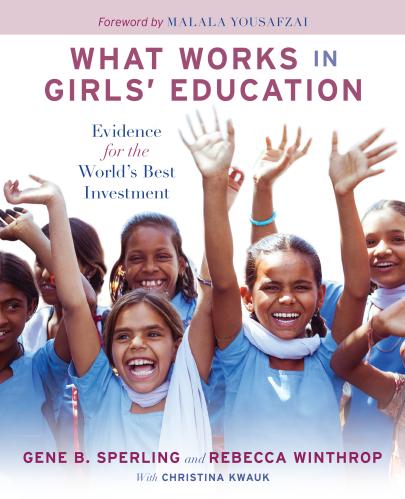
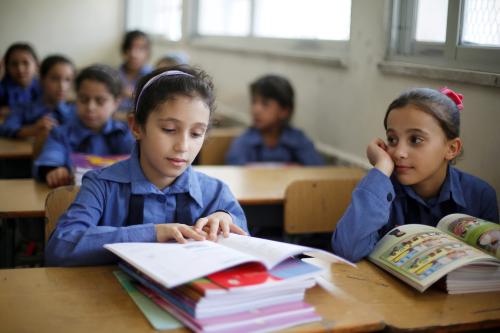
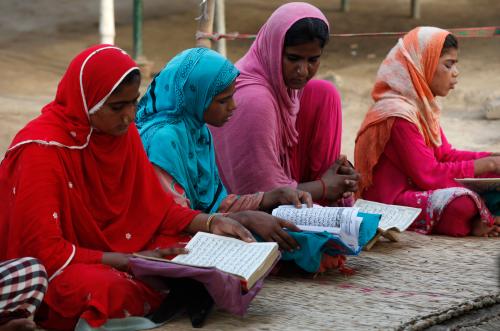
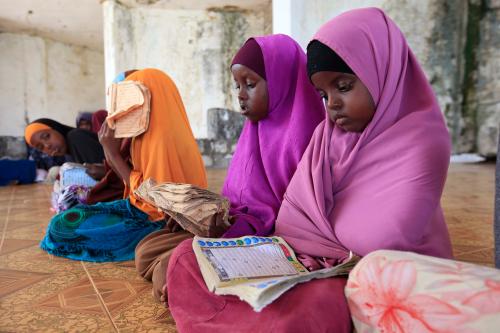
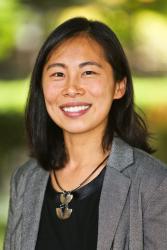



Commentary
Who is shaping girls’ education globally?
March 7, 2017